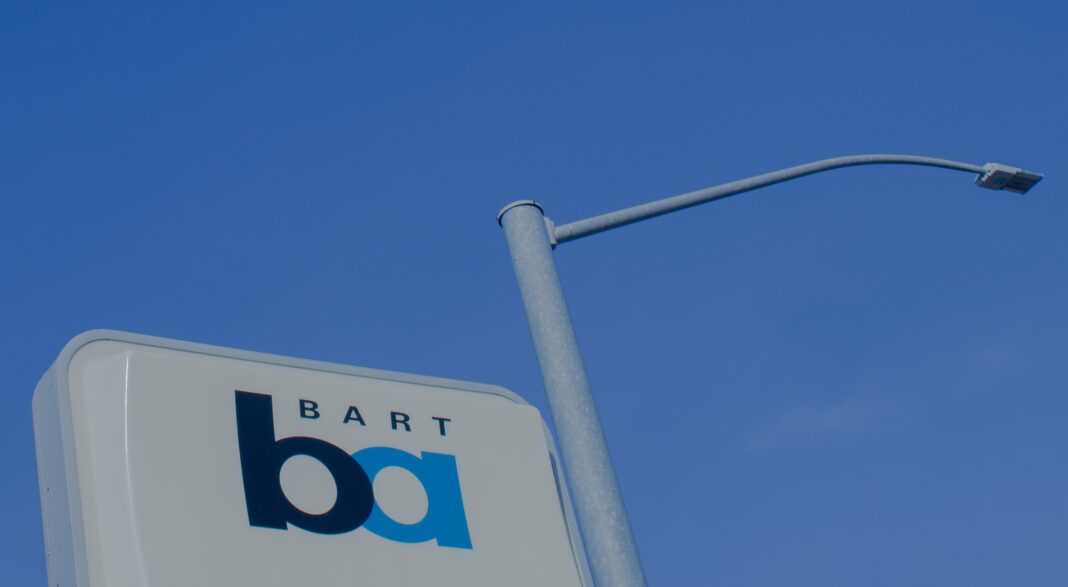SAN FRANCISCO—The Bay Area Rapid Transit (BART) and the Capital Corridor are coming together and looking to transform Northern California’s transit region. The new program is called Link21, which is a transportation initiative that will focus on railway improvements. It will be centered within the 21-county Megaregion covering the areas of Sacramento, San Francisco Bay, Northern San Joaquin Valley, and Monterey Bay.
These areas face shared transportation, housing, environmental, and economic challenges, as well as opportunities. One project that is included in the program is a second trans bay crossing, which could ease congestion along one of the Bay Area’s busiest commute corridors.
The proposed rail crossing would serve both BART and regional rail systems and allow passengers to use a single system to reach their destinations. Link21 has four main goals, which include: improved reliability and system performance and to build ridership; enhance community and livability by connecting people and places, advancing equity and improving safety, health and air quality; support economic growth and global competitiveness by improving access to opportunity and employment, connecting major economic research and education centers and enabling transit-supportive land use; and increasing climate change resilience, reducing greenhouse gas emissions and conserving resources.
The project will be implemented in three phases. The first phase takes place this year where BART and Capital Corridor intend to gain input from the public and inquire about project alternatives.
Karen Bakar, the Capital Corridor spokesperson states, “Public input is critical. We will actively be engaging with and inviting input from the members of the public. However, because of the pandemic our input and outreach plan has been impacted by state and local health mandates.” A survey is available on the Link21 website.
The second phase starts in 2024, where they will refine the projects that will be included in the program. In 2028, the third phase will involve final engineering designs and the development of construction packages.







